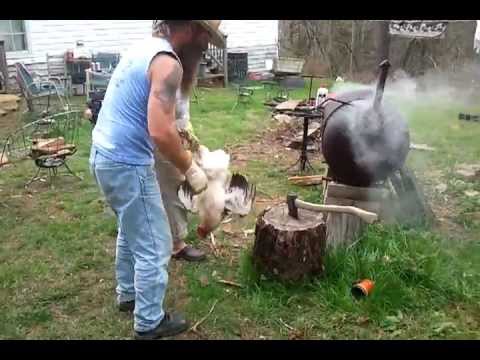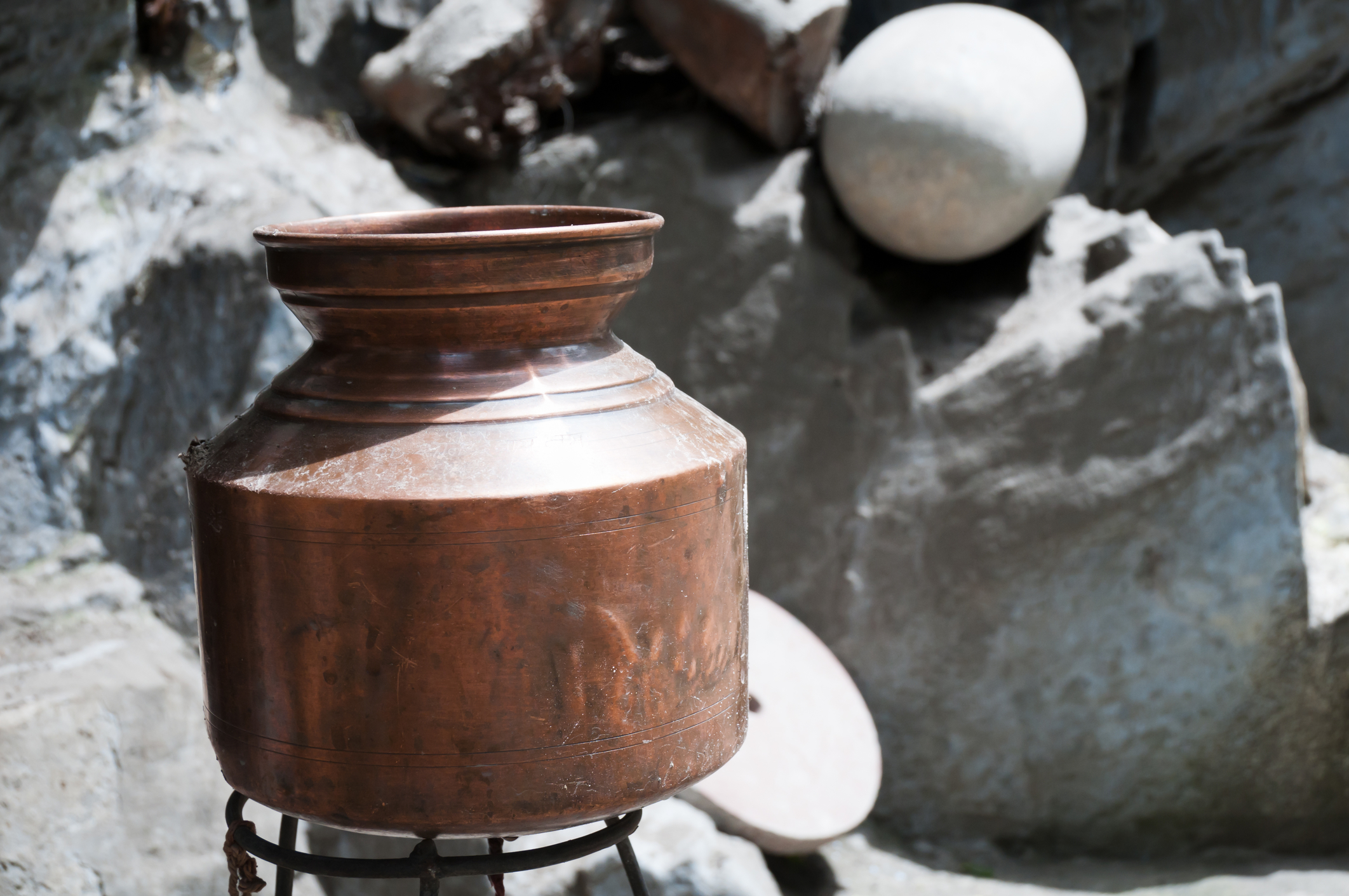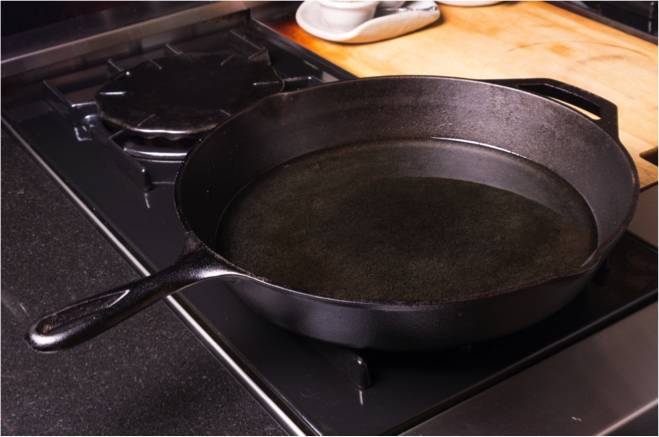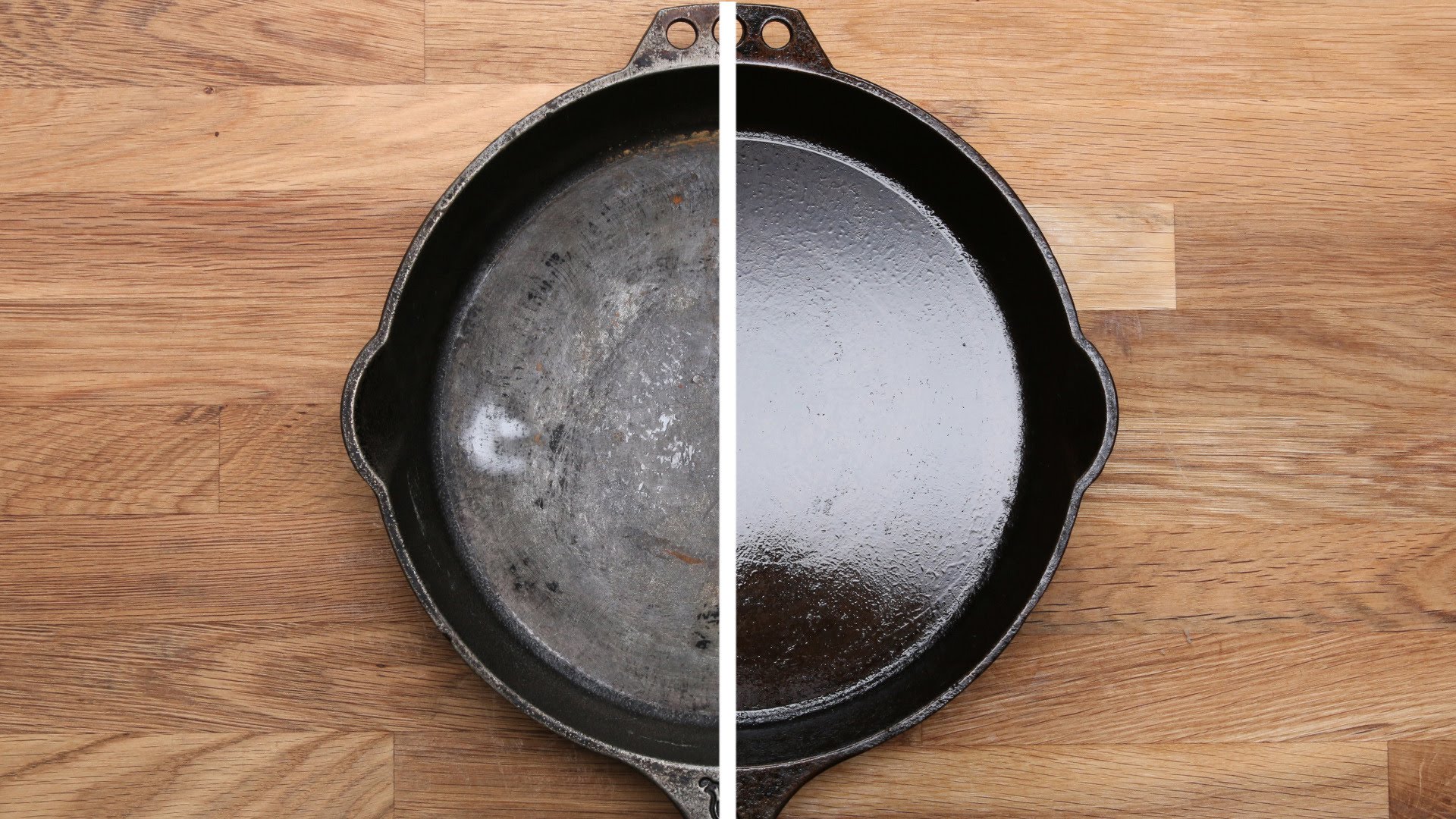
Cast iron cookware is fantastic. It is durable, lasts forever, can be used over an open flame and is often called “the original non-stick”. A cast-iron skillet is an essential to any homestead kitchen. However, they have to be cared for properly. There are differing opinions on how to properly clean cast iron, so this is just one way that I have found works best for me. Based on what kind of cleaning supplies and fat you regularly have available to season with, you might find a different method works for you. But I’ve been cleaning my cast iron skillets this way for years, and they’re in great shape. I also find that this method keeps them very non-stick, making them less likely to need to be cleaned with any more than a quick swipe of a paper towel after most uses.
The Secret to Keeping Cast Iron Well-Conditioned
The secret to my method of cleaning cast iron is the use of bacon fat. About once or twice a month, I fry up a package of bacon and save ALL the drippings. I keep a small, 4-oz glass container with a lid in my fridge that I fill up with the drippings. This is what I use to season my cast iron, which I’ll explain later. You can use essentially any kind of fat, such as rendered tallow, olive oil, or coconut oil, which are other popular and effective options. I personally have found animal fat drippings such as bacon grease to be the most effective.
The Cleaning Process
When you have a dirty cast iron skillet, always see if you can simply wipe out the food residue with a damp paper towel or cloth first. A lot of the time, this will be sufficient, and you can simply rub all the food residue out, heat over a very low flame until the moisture is gone, and apply more bacon grease. However, often times this won’t be enough. If you have food residue that can’t be simply wiped up, follow these steps:
- Rinse your cast iron skillet with warm water and NO SOAP. Gently scrub with a plastic or natural fiber cleaning brush or sea salt, if needed. If you have some stubborn gunk, let soak for about ten minutes, but never much longer than that or your cast iron might rust.
- Once you have thoroughly removed the majority of the food residue, rinse, and blot the majority of the moisture off with a dish towel. Your dish towel will most likely get a little gunky at this point, so make sure it’s one that you’re able to wash right away. Don’t worry at all about getting all the moisture though, just whatever is dripping off, and move on to the next step:
- Put your skillet on the stove over a low flame, and let it dry this way. WARNING: don’t forget about it! Set a timer for 5 minutes if you’re worried you’ll forget.
- Once the skillet is hot and fully dry, grease it thoroughly with your bacon drippings or fat of choice. Make sure to fully coat the whole inside of the skillet so that it looks “wet” again.
- You’re done! The heat from the drying process will sort of “lock in” the fat and make the skillet more non-stick for the next time you use it.
If you liked this, you might also enjoy…





